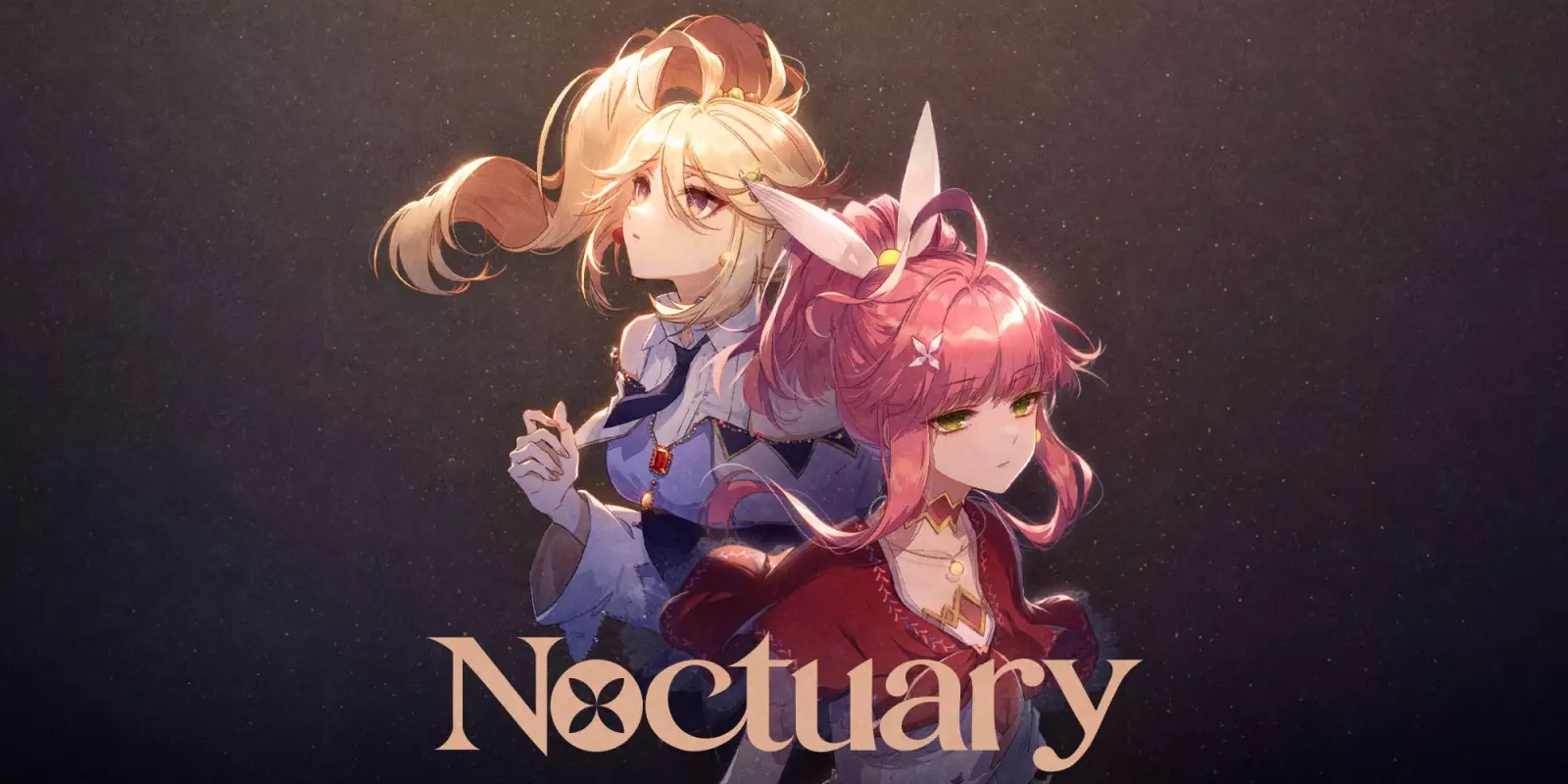July 31, 2025, proved to be a landmark date that shattered the common assumption of slow summer releases in the gaming industry. Typically, the last day of July might be expected to offer a quiet ceasefire before the fall storm of AAA titles, but this year, it emerged as one of the most vibrant, eclectic, and surprising days in recent memory. This tidal wave of releases, spanning genres, platforms, and complexities, signals a deeper shift in how the industry approaches game launches and audience engagement. It’s an affirmation that even in periods historically seen as slow, the spirit of innovation and discovery persists vigorously.
What stood out most was the remarkable diversity of titles—ranging from small indie gems to remodeled classics, from narrative-driven horror to frantic arcade shooters. The variety wasn’t merely a matter of genre; it reflected a strategic, almost rebellious, move by developers to catch players off guard and revitalize interest during a time that usually sees fewer headline-grabbing releases. This day exemplifies a broader evolution in the gaming landscape—one where niche titles can carve out their own legacies alongside mainstream behemoths, supported by digital-first distribution channels that democratize access and participation.
Breaking the Mold: The Rise of Digital-First Indie and Niche Titles
One of the most profound shifts illuminated by this day is the digital-only approach adopted by many of these titles, which signals a drastic transformation in industry distribution dynamics. Games like *Time Flies*, *Spy Drops*, and *Mashina* launched exclusively through digital stores and streaming services, bypassing traditional retail channels altogether. This strategy not only reduces costs but also allows developers to target niche audiences directly, maximizing engagement and community building.
This shift heavily emphasizes accessibility, immediate availability, and affordability—most titles debuting at under twenty dollars, with some even available for less than ten. It underscores a new paradigm where the focus is on quick access, instant gratification, and embracing the streaming era’s potential, seen in features like cross-save support and cloud streaming capabilities. This is a clear acknowledgment that the future of gaming is increasingly cloud-driven and platform-agnostic, putting quality content in the hands of players faster than ever.
Moreover, this approach has empowered small teams and indie developers, enabling them to punch above their weight and challenge the dominance of big studios. Titles like *Noctuary* and *Mashina* highlight how creativity and execution can more than compensate for limited budgets, pushing the boundaries of storytelling and gameplay design. The industry’s willingness to embrace these titles and give them visibility suggests that innovation is no longer reserved for the giants alone but can thrive in the fertile ground of small, nimble teams.
The Significance of Genre Fluidity and Cultural Diversity
Another noteworthy aspect of the July 31 lineup is its embrace of genre fluidity and cultural nuances. The presence of Japanese-exclusive titles like *Mystereet* and *Cotton Reboot!* demonstrates a recognition that gaming’s cultural tapestry is more vibrant than ever. While these titles are currently confined to the Japanese market, the potential for localization could broaden their reach, presenting Western audiences with new flavors of storytelling and gameplay.
Meanwhile, genre-crossing games such as *Spy Drops*—a hybrid of stealth and arcade shooter—and *Mashina*, with its roguelike mechanics and pixel art, exemplify how modern developers are breaking down traditional genre boundaries. Such innovations challenge players to rethink familiar gameplay loops and embrace complexity and unpredictability. These moves underscore that gaming today is less about fitting into neat categories and more about experimenting with hybrid experiences that reflect the multifaceted interests of modern players.
Narrative-driven titles like *Noctuary* hint at a growing appetite for atmospheric horror blending folklore and puzzle mechanics, appealing to players craving emotional depth and immersive worlds. The return of classic series like *Ys VIII* and *Ys IX* with upgraded performance further illustrates a respect for nostalgia while simultaneously pushing technological boundaries. In doing so, the industry demonstrates a keen understanding that the future belongs to those who can balance tradition with innovation.
What the July 31 Boom Reveals About Gaming’s Future Trajectory
This day’s surprises reflect an industry on the cusp of a new era—one where accessibility, diversity, and innovation are prioritized over sheer marketing muscle. It signals that gamers are more open than ever to exploring unconventional titles, lesser-known genres, and international offerings. These releases serve as a testament to a mature industry willing to diversify its offerings and break free from the monolithic blockbuster model.
The timing also suggests a strategic move by developers and publishers to sustain player interest during the slow summer months. Instead of waiting for September or October, the scene was set for a surprise attack—one that kept the community buzzing, exploring, and sharing. This approach could inspire others to rethink their release schedules and marketing strategies, favoring surprise drops and digital-first rollouts that leverage the interconnectedness of today’s gaming ecosystems.
Ultimately, July 31, 2025, exemplifies how the modern gaming landscape is more vibrant and unpredictable than ever. It’s a day that celebrates the overlooked, the experimental, and the deeply creative. For gamers eager to embrace new experiences, it’s a reminder that the most rewarding discoveries often come from unanticipated corners of the industry, daring us to venture beyond the familiar.

